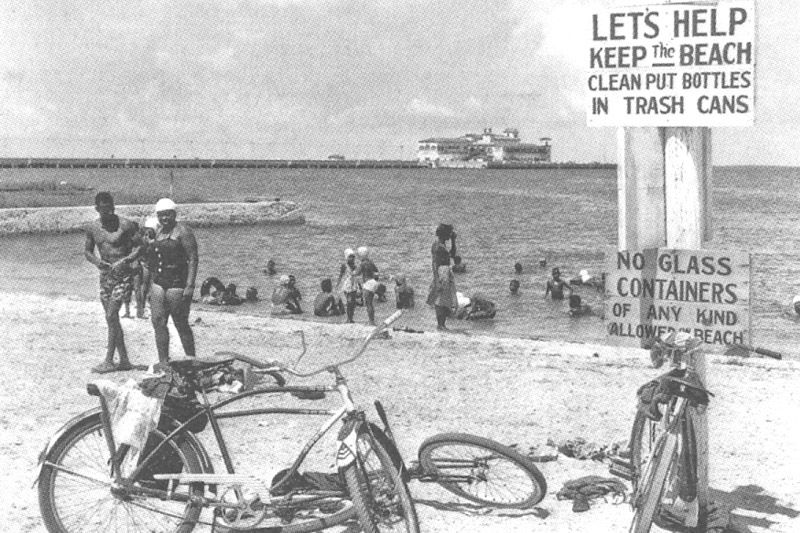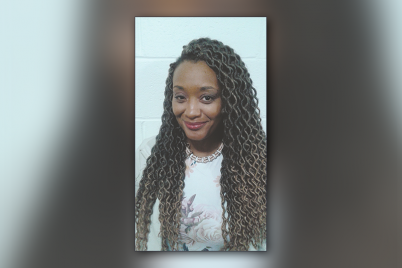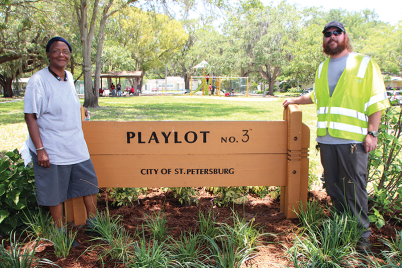BY JON WILSON, Columnist
This year brings the 50th anniversary of the federal Civil Rights Act, a landmark law intended to end discrimination on the basis of race in many areas: voting, the workplace, schools and other facilities open to the public, for example.
St. Petersburg rights activists long had pursued, sometimes successfully, many of the provisions the Act reinforced with federal muscle.
This week, we’ll take a look at some of St. Petersburg’s civil rights advances until 1962. Next week, we’ll review the frequently tumultuous later ’60s and early 1970s.
The end of World War II brought a sense of new possibilities and African Americans in St. Petersburg got busy almost immediately in the civil rights arena.
A longtime thorn had been the 15th Avenue South “red line,” below which people of color were not allowed to live or have businesses because of entrenched folkways and city policy. Among the first to challenge was a black veteran named J.E. George, who in 1946 wanted to use the GI Bill to build on 15th Avenue. The city refused to allow it at first, but relented when George retained a lawyer.
George’s cracking of the barrier is not as widely known as that of Dr. Robert Swain, a dentist who built his office just south of 15th on 22nd Street in 1954. Again, the city fussed; and again a lawyer stepped in and the authorities retreated. Two years later, Swain built apartments just south of his office, and it was clear the “red line” was beginning to disappear.
The ability to vote in primary elections was another sore point. Blacks could vote in the general election, but the so-called White Primary denied the primary ballot to black people. It had been in effect in St. Petersburg since the early 1900s. Activists, among them educator O.B. McLin and businessman J.P. Moses, had battled for decades to end the inequity. In 1947, several people sued to end the discriminatory voting — and Judge Victor Wehle ruled in favor of them, ruling the White Primary unconstitutional.
A landmark episode took place during 1955-58. It began when six people, among them Swain and Dr. Ralph Wimbish, sued the city to desegregate the downtown Spa Beach and Pool. The case eventually reached the U.S. Supreme Court, whose ruling opened the swimming facilities to all. The city refused to comply and when several young African Americans attempted to use the facilities, the city closed them. They were opened and reclosed a few times, but in a few months opened permanently with no problems reported.
A glance at other events:
- In 1954, the Ambassadors Club entered a float with a black queen and court in the previously segregated Festival of States Parade.
- In 1959, the city ended segregated seating on its buses, which required African Americans to take seats from the rear.
- In 1960, lunch counter sit-ins and a boycott of Webb’s City led to the desegregation of most public dining places.
- In 1961, Dr. Alsup admitted the first black patient to all-white Mound Park hospital (now Bayfront Health St. Petersburg).
- Also in 1961, Rosalie Peck and Frankie Howard desegregated St. Petersburg Junior College.
- In 1962, a few secondary schools were desegregated.








